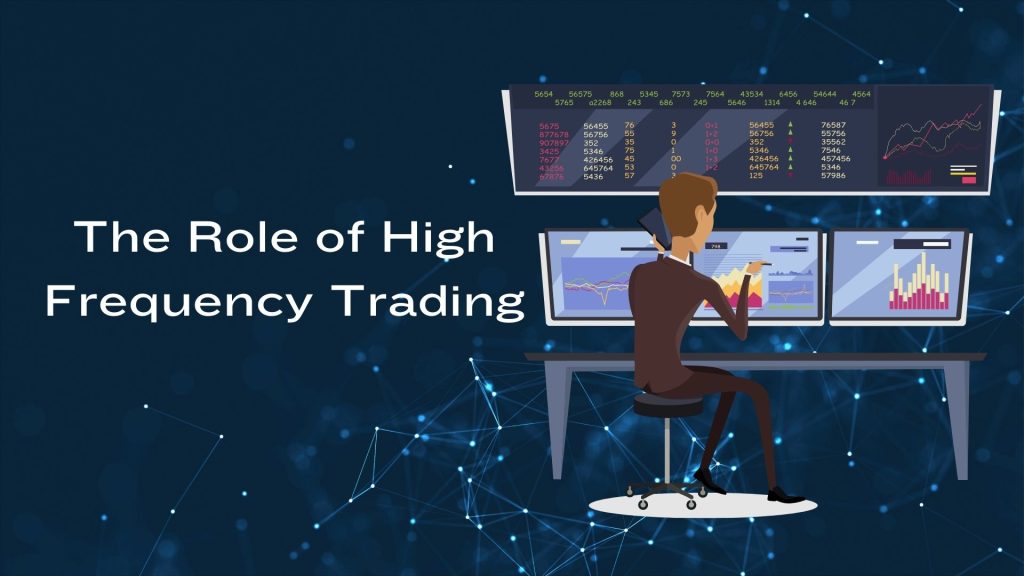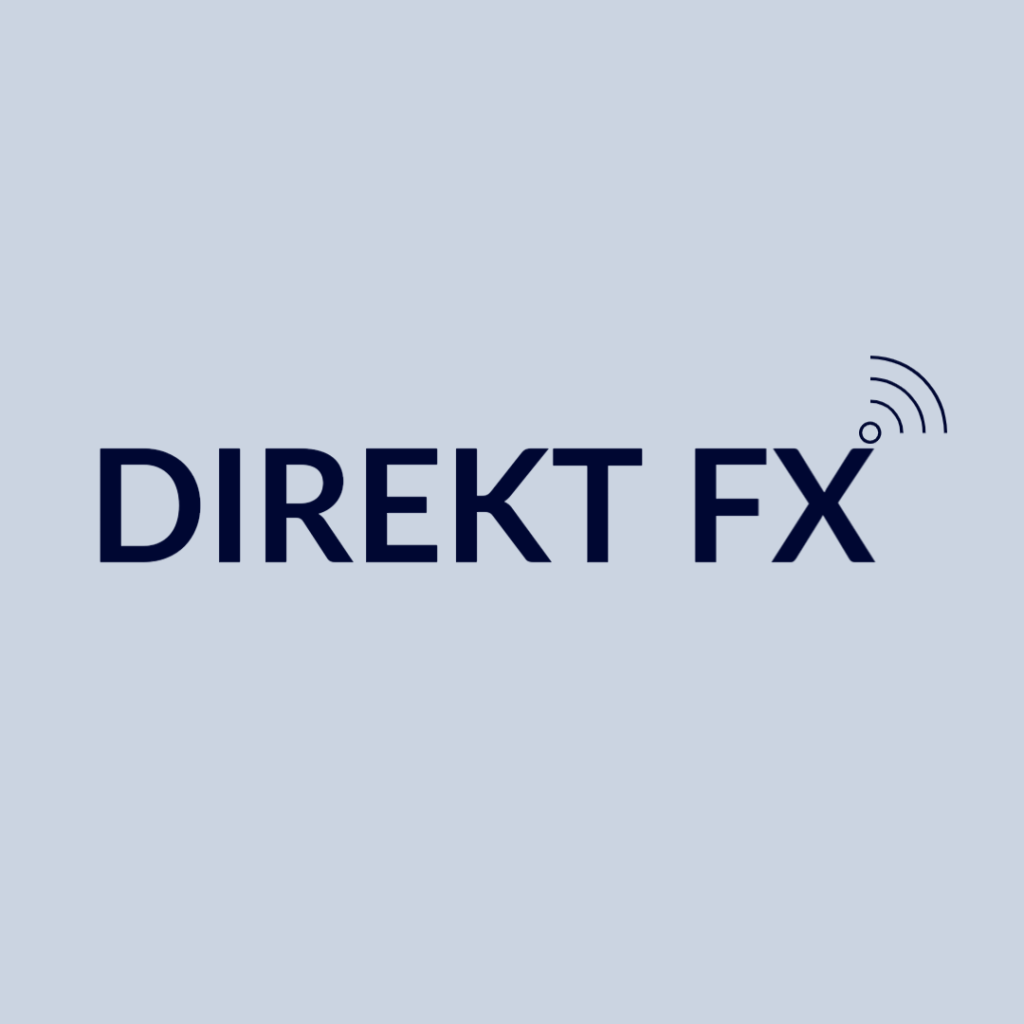
The Role of HFT (High-Frequency Trading) in Liquidity Provision
High-frequency trading (HFT) is a sophisticated trading strategy that uses advanced algorithms, ultra-fast execution, and high trading volumes to capitalize on minute price discrepancies in financial markets. In this article, we will cover how HFT plays a crucial role in market liquidity.
The Role of HFT in Liquidity Provision
High-frequency trading requires powerful computers and low-latency connections to exchanges, enabling trade executions within microseconds. HFT plays a crucial role in providing liquidity to financial markets.
By continuously quoting buy and sell prices, HFT firms contribute to narrower bid-ask spreads and more efficient price discovery. This increased liquidity can benefit all market participants by reducing transaction costs and improving market efficiency.
Here is how HFT can improve market quality:
Improved Price Discovery
HFT firms often trade in the direction of permanent price changes and against temporary pricing errors, helping to stabilise prices.
Tighter Bid-ask Spreads
The presence of HFT has been associated with reduced transaction costs for investors through narrower spreads.
Increased Market Depth
Studies have found that the introduction of HFT-enabling technologies like colocation has led to increased market depth in various financial instruments.
What Does It Mean for Traders in the Financial Market?
High-frequency trading is important for traders for several key reasons, as mentioned below:
- Liquidity: HFT provides liquidity to financial markets. It contributes to narrower bid-ask spreads and allows traders to execute their orders more easily and at better prices.
- Price Efficiency: HFTs help improve price discovery in the markets. They often trade toward permanent price changes and against temporary pricing errors, which helps stabilize prices. This price efficiency is valuable for traders as it ensures asset prices accurately reflect their actual value.
- Market Making: Many HFTs pursue market-making strategies, providing liquidity continuously. This means traders can more readily find counterparties for their trades.
- Reduced Volatility: Research suggests that HFT technology and liquidity-providing strategies can help absorb short-term price changes, potentially reducing trade price volatility. Lower volatility can benefit traders by reducing market risk and transaction costs.
- Cross-Market Coordination: HFTs help coordinate prices across different trading venues due to their speed advantage. This can benefit traders operating across multiple markets, ensuring more consistent pricing.
Conclusion
It’s important to note that while HFT provides these benefits, it also raises concerns about fairness and potential market manipulation. However, for many traders, the increased liquidity, tighter spreads, and more efficient price discovery provided by HFT mean improved trading experience and profitability.
Want to promote your brand on our page? Contact us.





